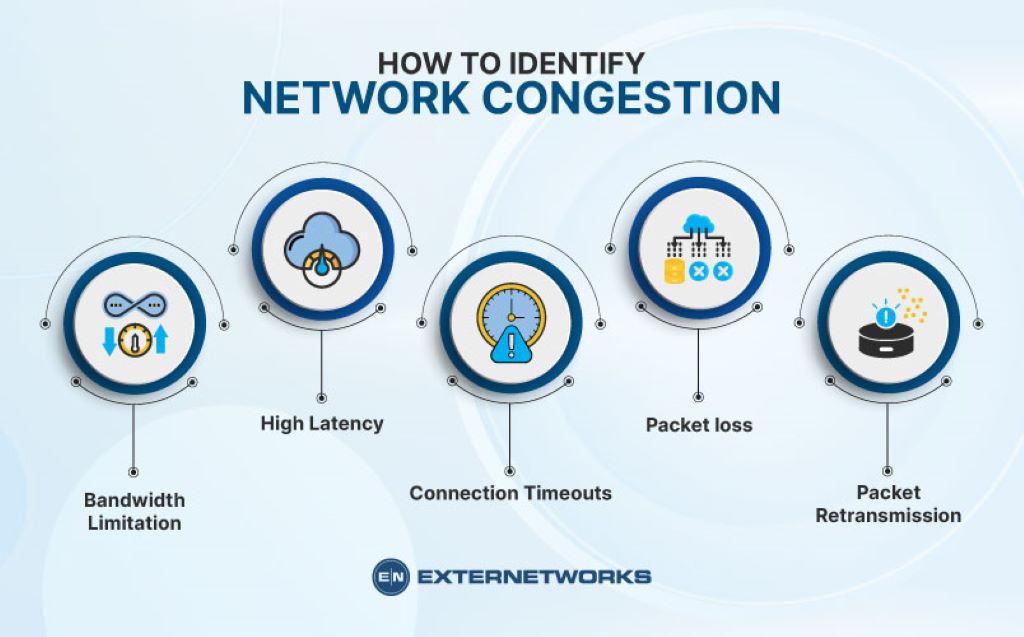Standing in the grocery store aisle, overwhelmed by conflicting nutrition labels and diet plans promising miraculous results, you’re not alone. With over 45 million Americans going on a diet each year, the weight loss industry has exploded into a $72 billion market filled with countless approaches, each claiming to be the ultimate solution. But here’s the truth: there’s no one-size-fits-all diet plan that works for everyone.
The key to successful weight loss isn’t finding the “perfect” diet—it’s discovering the eating approach that aligns with your lifestyle, preferences, health conditions, and long-term goals. This comprehensive comparison will break down the most popular weight loss diets, examining their mechanisms, benefits, drawbacks, and ideal candidates to help you make an informed decision about your health journey.
Contents
Understanding the Foundation of Weight Loss
Before diving into specific diet plans, it’s crucial to understand the fundamental principle behind all successful weight loss: creating a caloric deficit. This means consuming fewer calories than your body burns daily. However, the path to achieving this deficit varies dramatically between different dietary approaches.
Some diets focus on restricting specific macronutrients, others emphasize meal timing, and some concentrate on food quality over quantity. The most effective diet for you will be one you can maintain consistently while supporting your overall health and wellbeing.
The Mediterranean Diet: A Heart-Healthy Approach
How It Works
The Mediterranean diet emphasizes whole foods traditionally consumed in countries bordering the Mediterranean Sea. This eating pattern prioritizes vegetables, fruits, whole grains, legumes, nuts, olive oil, and moderate amounts of fish and poultry while limiting red meat and processed foods.
Benefits
- Sustainable weight loss: Studies show consistent, gradual weight reduction
- Heart health: Reduces risk of cardiovascular disease by up to 30%
- Brain function: May lower risk of cognitive decline and dementia
- Anti-inflammatory: Rich in antioxidants and healthy fats
- Flexible approach: Allows for social eating and variety
Drawbacks
- Slower results: Weight loss may be more gradual compared to restrictive diets
- Cost considerations: High-quality olive oil, fish, and nuts can be expensive
- Calorie awareness: Still requires portion control for weight loss
Best For
Individuals seeking a long-term lifestyle change, those with heart health concerns, people who enjoy cooking with whole foods, and anyone wanting a flexible, sustainable approach to eating.
Ketogenic Diet: High-Fat, Low-Carb Revolution
How It Works
The ketogenic diet drastically reduces carbohydrate intake to 5-10% of total calories while increasing fat consumption to 70-80%. This forces the body into ketosis, a metabolic state where it burns fat for fuel instead of glucose.
Benefits
- Rapid initial weight loss: Quick results due to water weight reduction and appetite suppression
- Appetite control: High fat and protein content increases satiety
- Blood sugar management: May improve insulin sensitivity
- Mental clarity: Some report improved focus and energy
- Epilepsy management: Originally developed for seizure control
Drawbacks
- Keto flu: Initial side effects including fatigue, headaches, and irritability
- Social limitations: Difficult to maintain in social situations
- Nutrient concerns: May lack certain vitamins and fiber
- Long-term sustainability: High dropout rates due to restrictiveness
- Potential health risks: May affect cholesterol levels in some individuals
Best For
People who prefer structured eating plans, those with significant weight to lose, individuals who don’t mind meal prep, and people seeking quick initial results to boost motivation.
Intermittent Fasting: When You Eat Matters
How It Works
Intermittent fasting focuses on when you eat rather than what you eat. Popular methods include the 16:8 method (eating within an 8-hour window), the 5:2 approach (eating normally five days, restricting calories two days), and alternate-day fasting.
Benefits
- Simplicity: No food restrictions, just timing guidelines
- Metabolic benefits: May improve insulin sensitivity and cellular repair
- Convenience: Fewer meals to plan and prepare
- Cost-effective: No special foods or supplements required
- Flexibility: Can be combined with other eating approaches
Drawbacks
- Hunger management: Initial adjustment period can be challenging
- Social conflicts: May interfere with family meals and social events
- Energy fluctuations: Some experience fatigue during fasting periods
- Not suitable for everyone: Contraindicated for certain medical conditions
- Potential overeating: May lead to binge eating during feeding windows
Best For
Busy professionals with irregular schedules, people who prefer simplicity over complexity, those who naturally skip meals, and individuals looking to combine weight loss with potential longevity benefits.
Plant-Based Diets: The Power of Plants
How It Works
Plant-based diets range from vegetarian (excluding meat and fish) to vegan (excluding all animal products) to flexitarian (primarily plant-based with occasional animal products). The focus is on whole plant foods while minimizing or eliminating animal products.
Benefits
- Nutrient density: High in vitamins, minerals, and fiber
- Environmental impact: Lower carbon footprint
- Disease prevention: Associated with reduced risk of chronic diseases
- Natural calorie reduction: Plant foods are typically lower in calories
- Variety: Encourages exploration of diverse foods and cuisines
Drawbacks
- Planning required: Need to ensure adequate protein and B12 intake
- Social challenges: Limited options when dining out
- Initial adjustment: May experience digestive changes
- Potential deficiencies: Risk of iron, zinc, and omega-3 deficiencies without careful planning
- Food preparation: May require more cooking and meal prep
Best For
Environmentally conscious individuals, people with ethical concerns about animal products, those who enjoy cooking and trying new foods, and individuals with family histories of heart disease or diabetes.
Low-Carb Diets: Carbohydrate Restriction
How It Works
Low-carb diets restrict carbohydrates to varying degrees, typically limiting intake to 20-150 grams per day. This includes popular plans like Atkins, South Beach, and paleo diets. The focus shifts to protein and healthy fats for energy.
Benefits
- Effective weight loss: Often produces faster initial results than low-fat diets
- Appetite suppression: Protein and fat increase satiety
- Blood sugar control: Can improve glucose levels in diabetics
- Reduced cravings: May decrease sugar and refined carb cravings
- Flexibility: Various levels of restriction available
Drawbacks
- Initial side effects: May experience fatigue, constipation, or bad breath
- Sustainability concerns: Can be difficult to maintain long-term
- Nutrient considerations: May limit fiber and certain vitamins
- Social limitations: Restricts many common social foods
- Individual variation: Results vary significantly between people
Best For
People with type 2 diabetes or prediabetes, those who struggle with sugar cravings, individuals who prefer protein-rich meals, and people seeking structured guidelines for food choices.
Explore More:
- Phone Use in Spa Quiet Zones: A Growing Problem and Solutions
- The Use of Bioluminescent Algae in Spa Therapies: A Natural Glow Revolution
- The Upward Curve: How a Positive Attitude Fuels Learning
Making Your Decision: Key Factors to Consider
Your Lifestyle
Consider your work schedule, family obligations, cooking skills, and social commitments. The best diet is one that fits seamlessly into your daily routine without causing excessive stress or disruption.
Health Conditions
Certain medical conditions may make specific diets more suitable or potentially harmful. Always consult with healthcare providers before making significant dietary changes, especially if you have diabetes, heart disease, kidney problems, or eating disorder history.
Personal Preferences
Your food preferences, cultural background, and relationship with food play crucial roles in long-term success. Choose an approach that includes foods you genuinely enjoy and can see yourself eating for years, not just months.
Support System
Having family and friends who support your chosen eating approach significantly increases your chances of success. Consider how your diet choice will affect relationships and social interactions.
Long-term Sustainability
The most effective diet is the one you can maintain permanently. Quick fixes and extreme restrictions rarely lead to lasting results. Focus on approaches that teach sustainable habits rather than temporary solutions.
Creating Your Personalized Approach
Remember that these diet categories aren’t mutually exclusive. Many successful individuals combine elements from different approaches to create a personalized eating style. For example, you might adopt a Mediterranean-style eating pattern within an intermittent fasting schedule, or follow a plant-based ketogenic approach.
The key is to start with one primary approach and gradually incorporate elements from others as you learn what works best for your body and lifestyle. This flexible, individualized approach often leads to better long-term adherence and results.
Your Next Steps to Sustainable Weight Loss
Choosing the right weight loss diet is a personal journey that requires honest self-assessment and potentially some trial and error. The most successful approach is one that you can maintain consistently while supporting your overall health and happiness.
Ready to start your weight loss journey? Begin by assessing your current eating patterns, lifestyle constraints, and health goals. Consider consulting with a registered dietitian who can help you create a personalized plan that combines the best elements of these approaches for your unique situation. Remember, sustainable weight loss is a marathon, not a sprint—choose the path that will carry you to the finish line and beyond.
Start today by selecting one small change from your chosen approach and implementing it consistently. Your future self will thank you for taking this important step toward better health and well-being.




